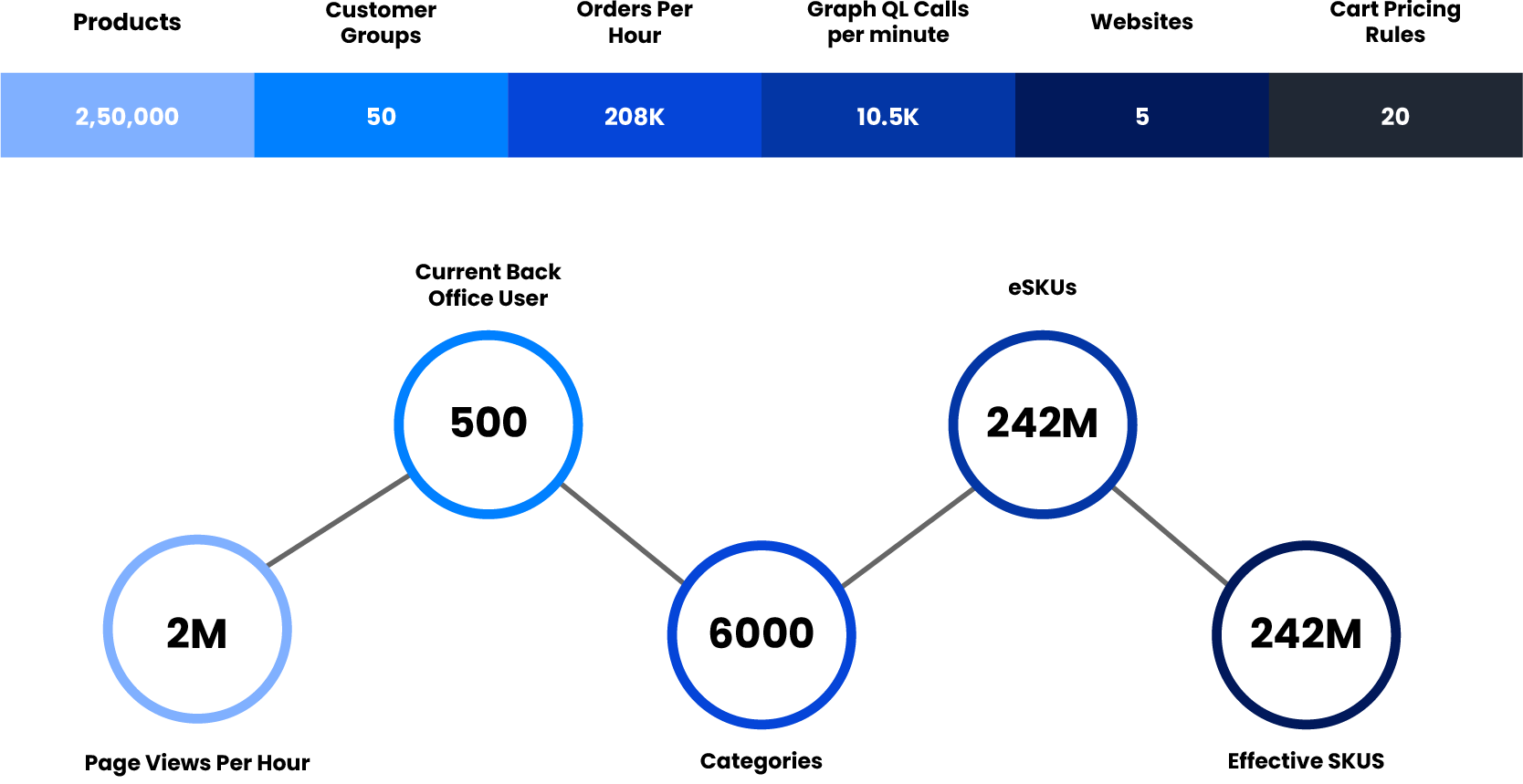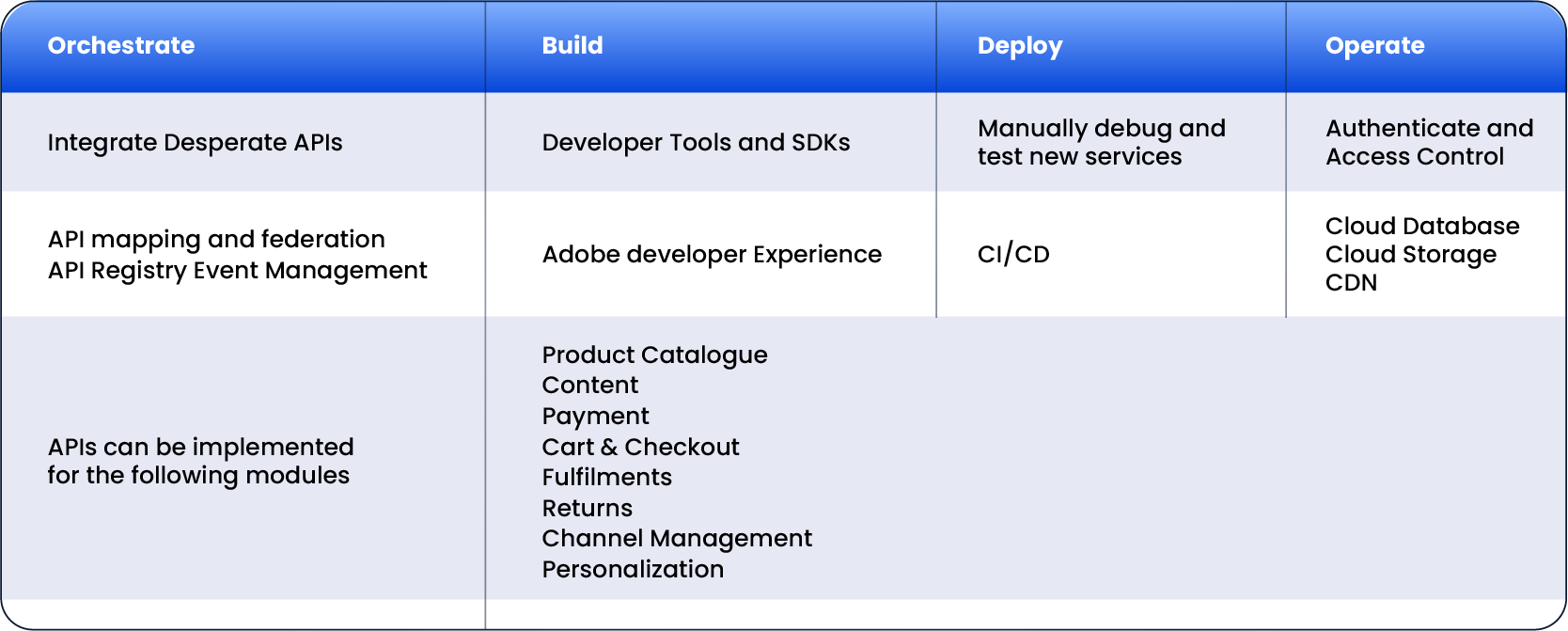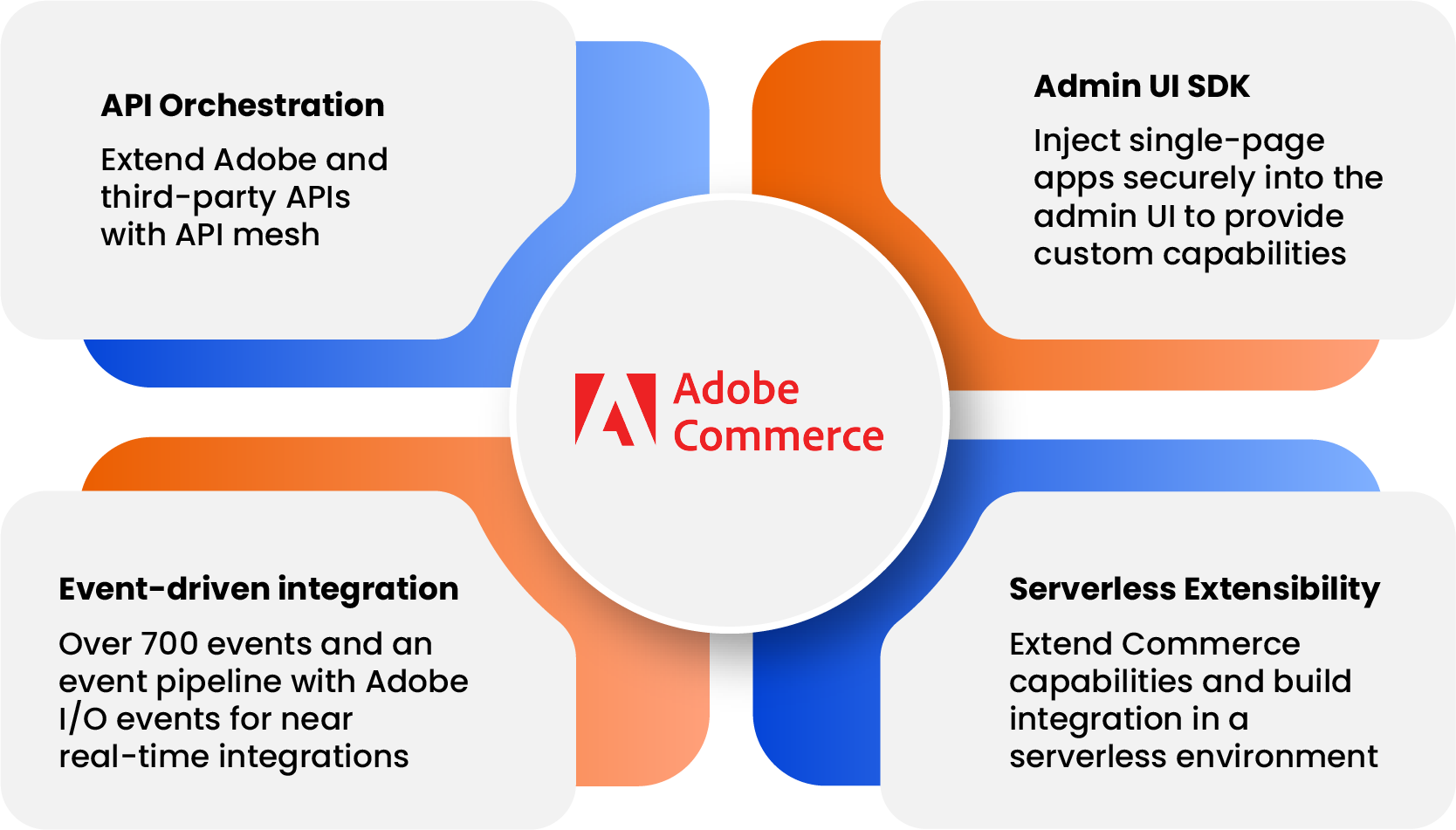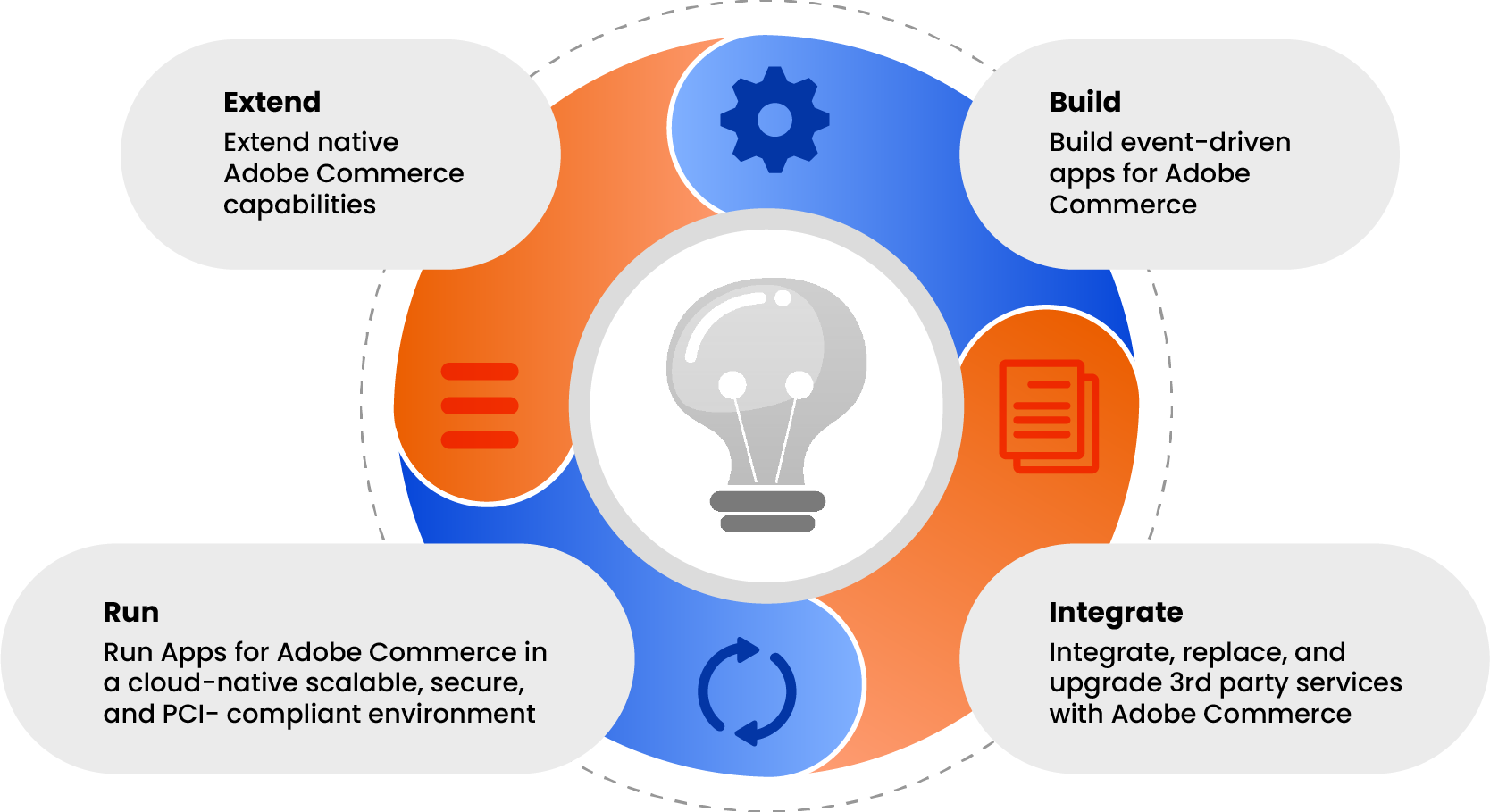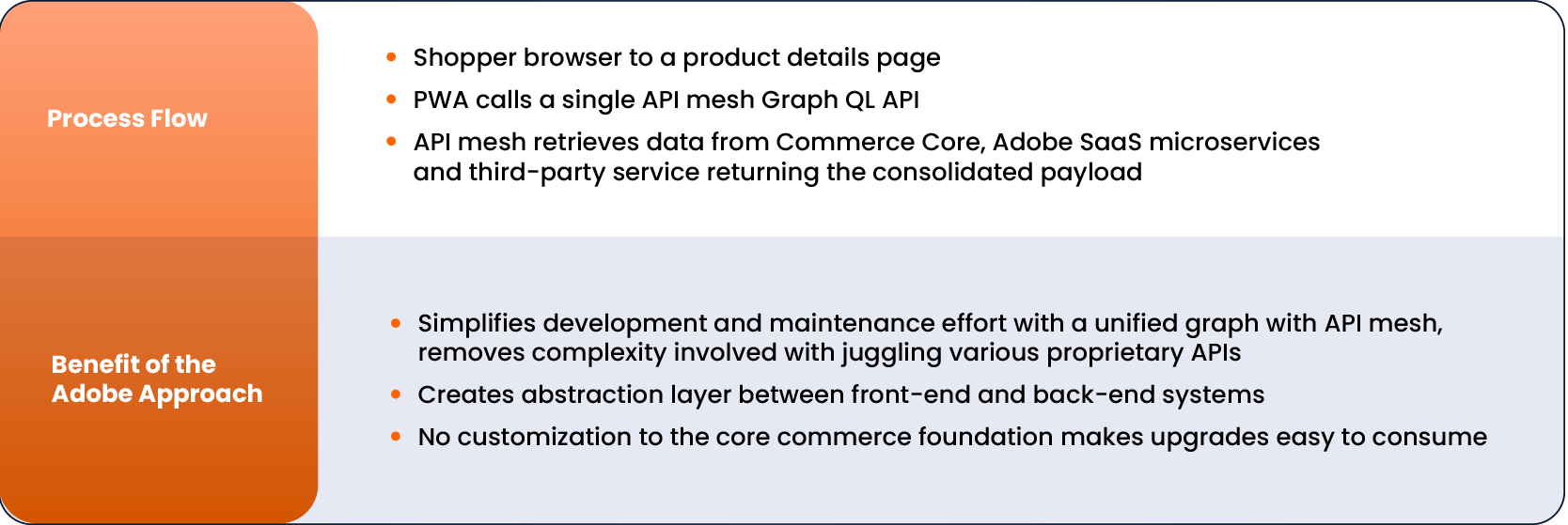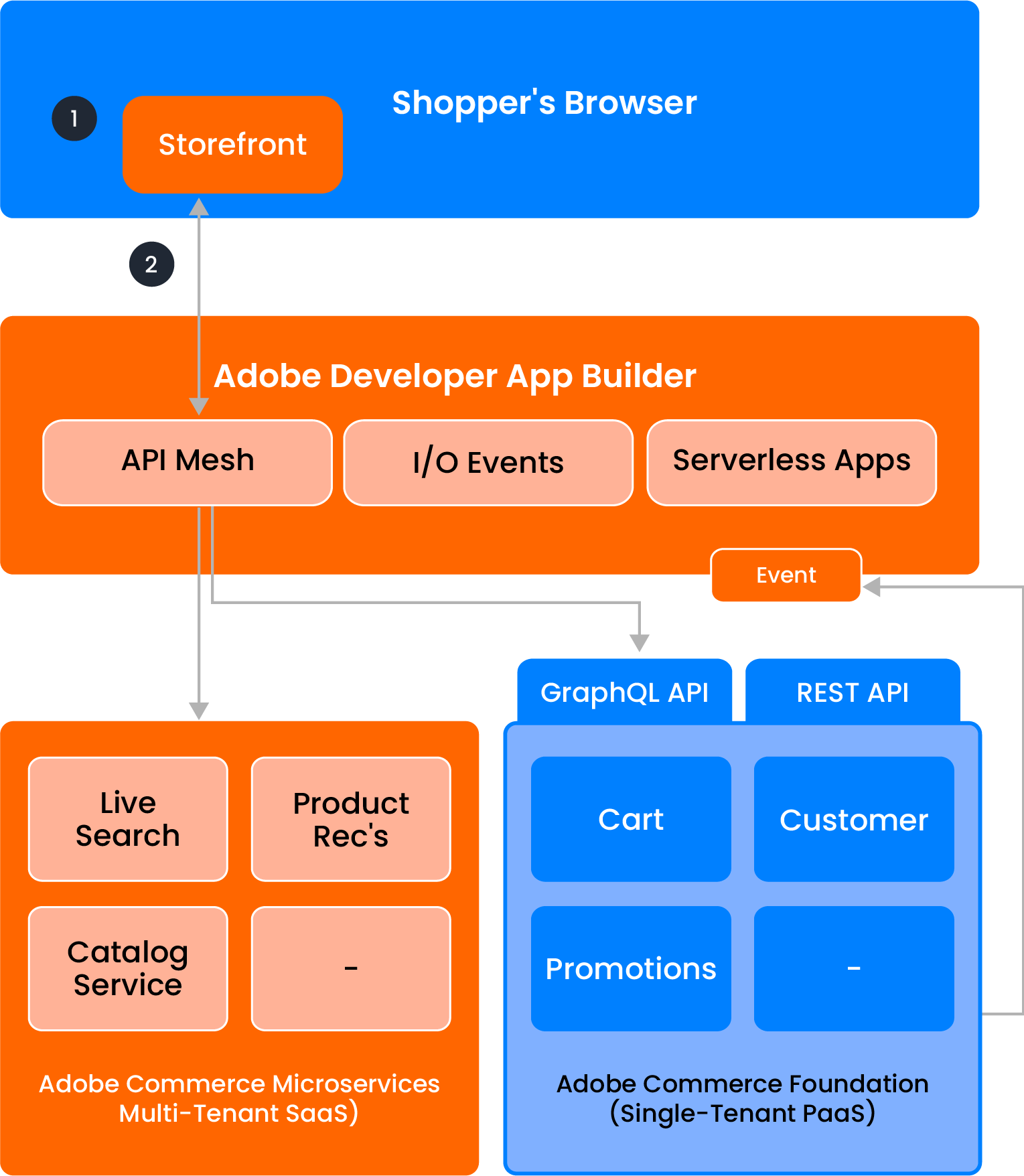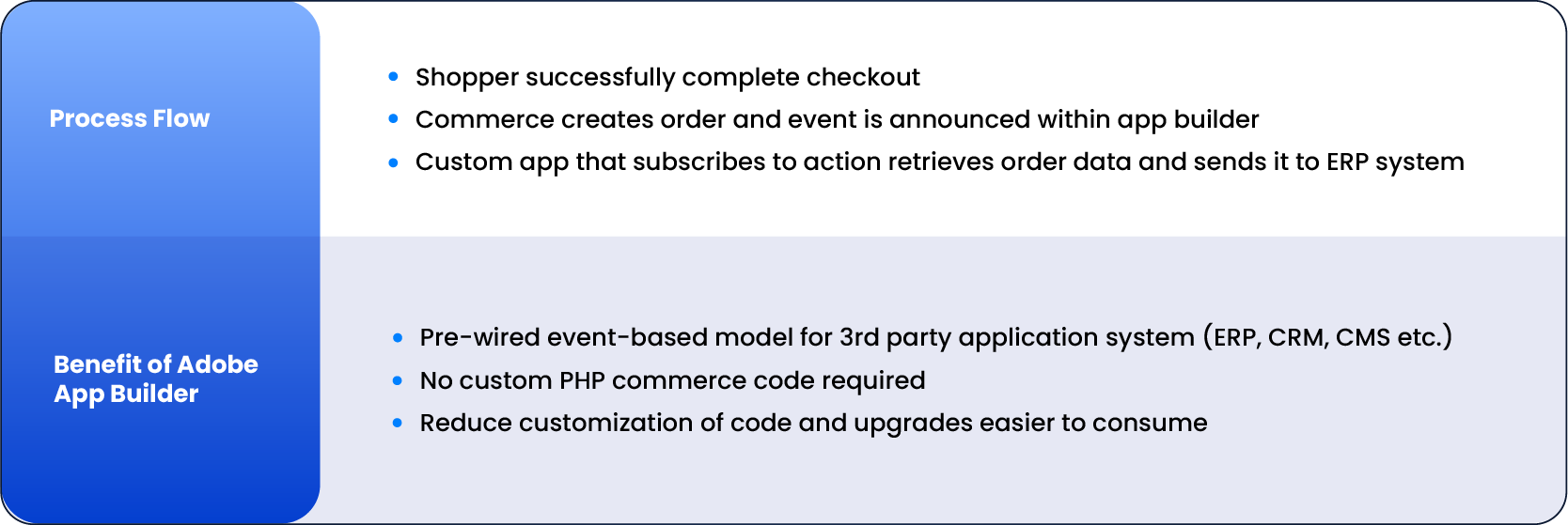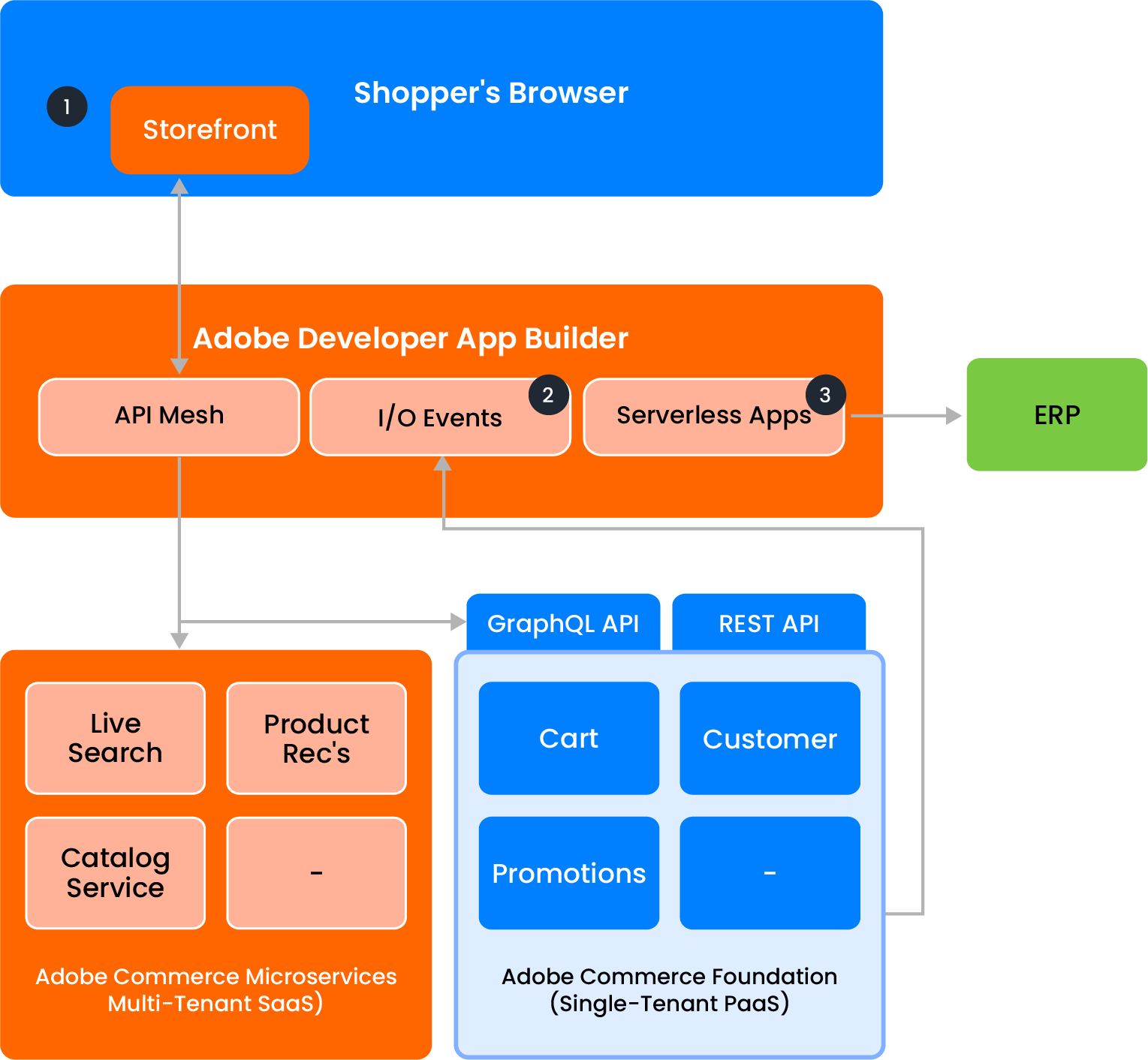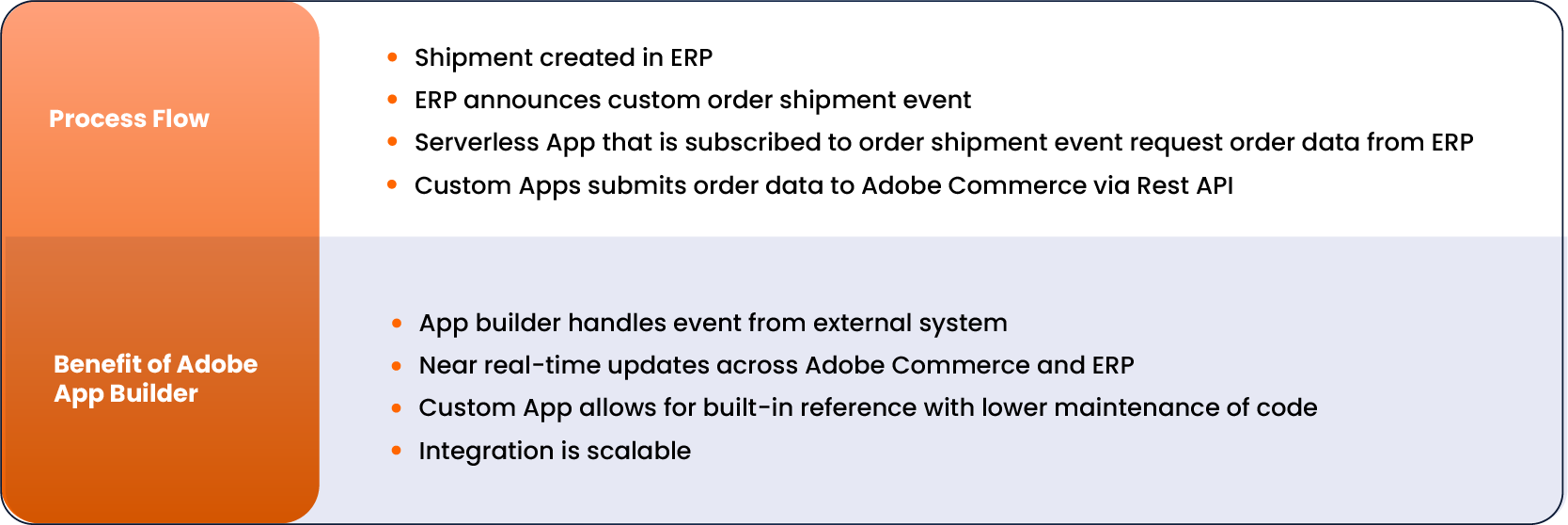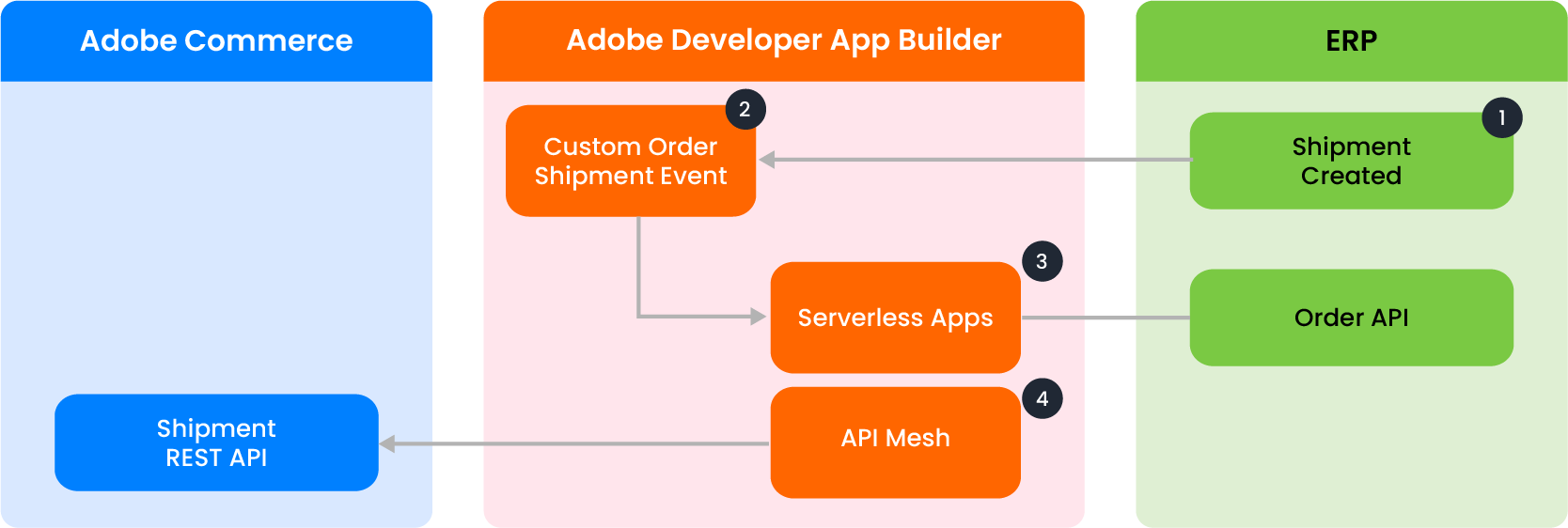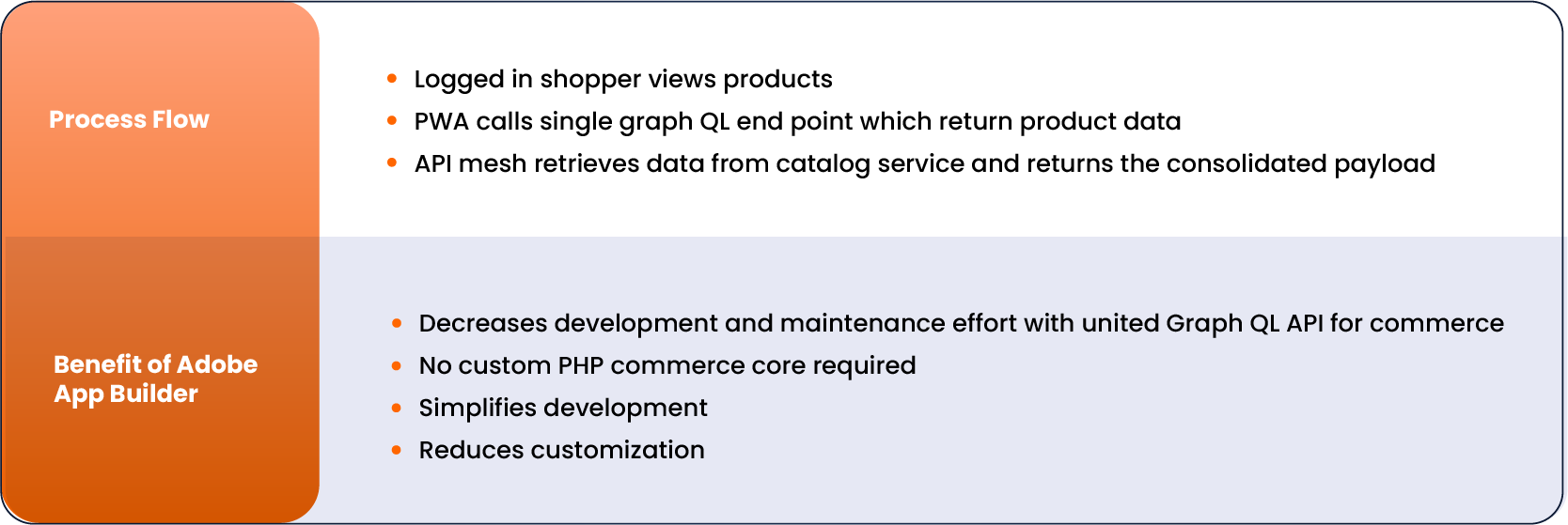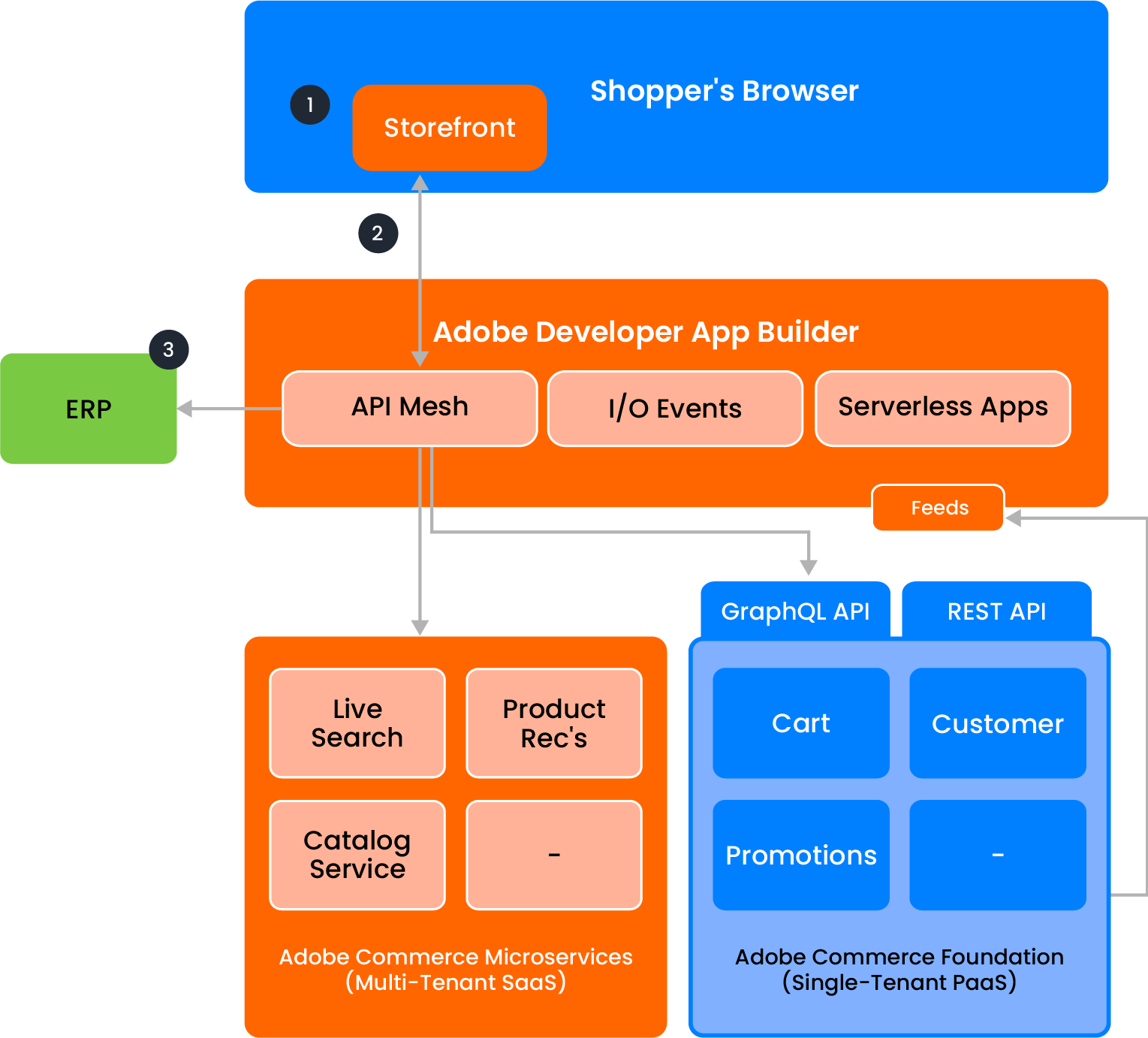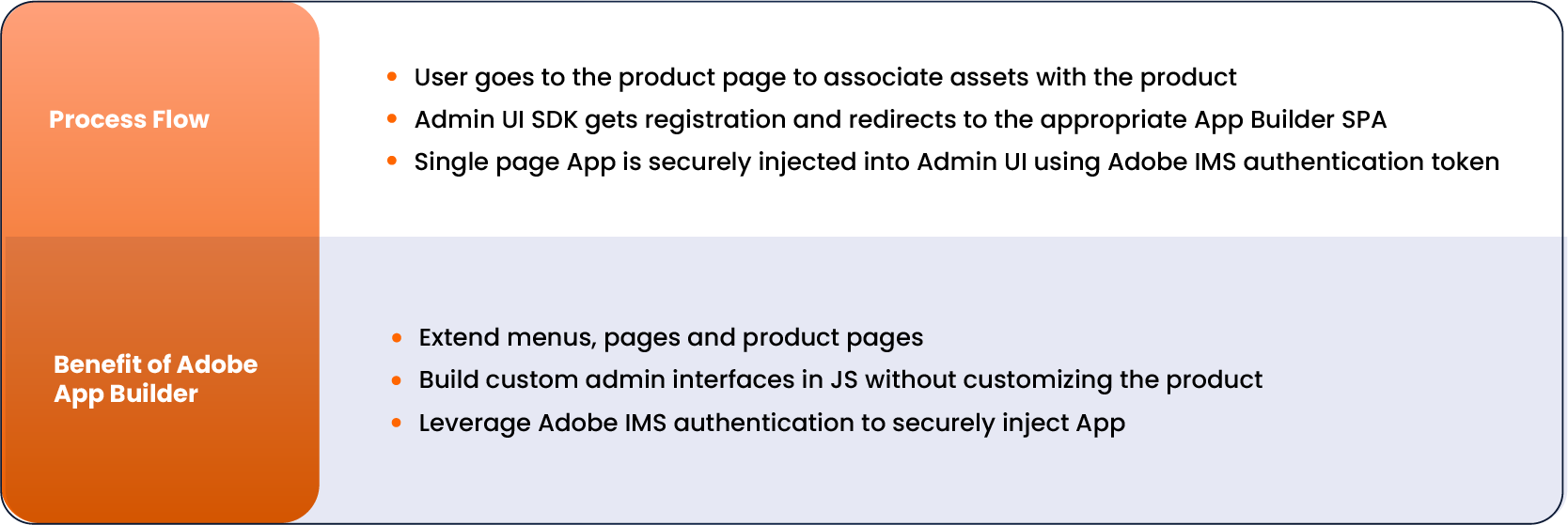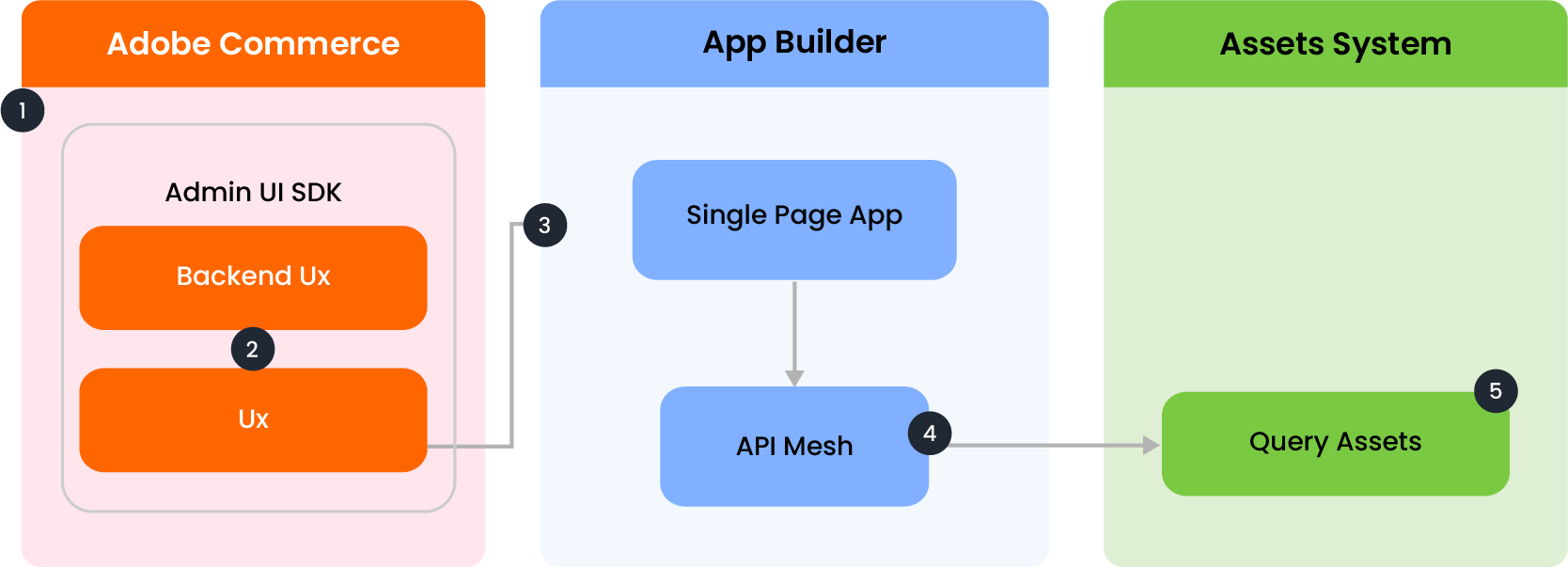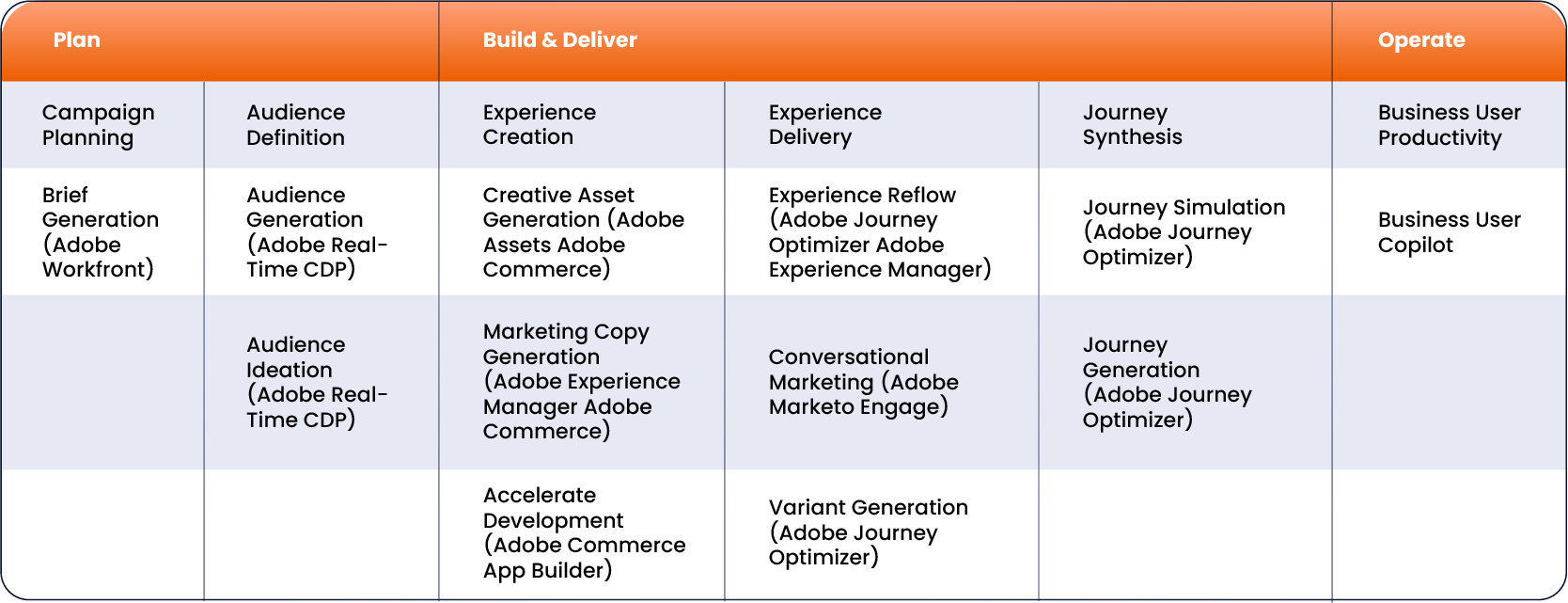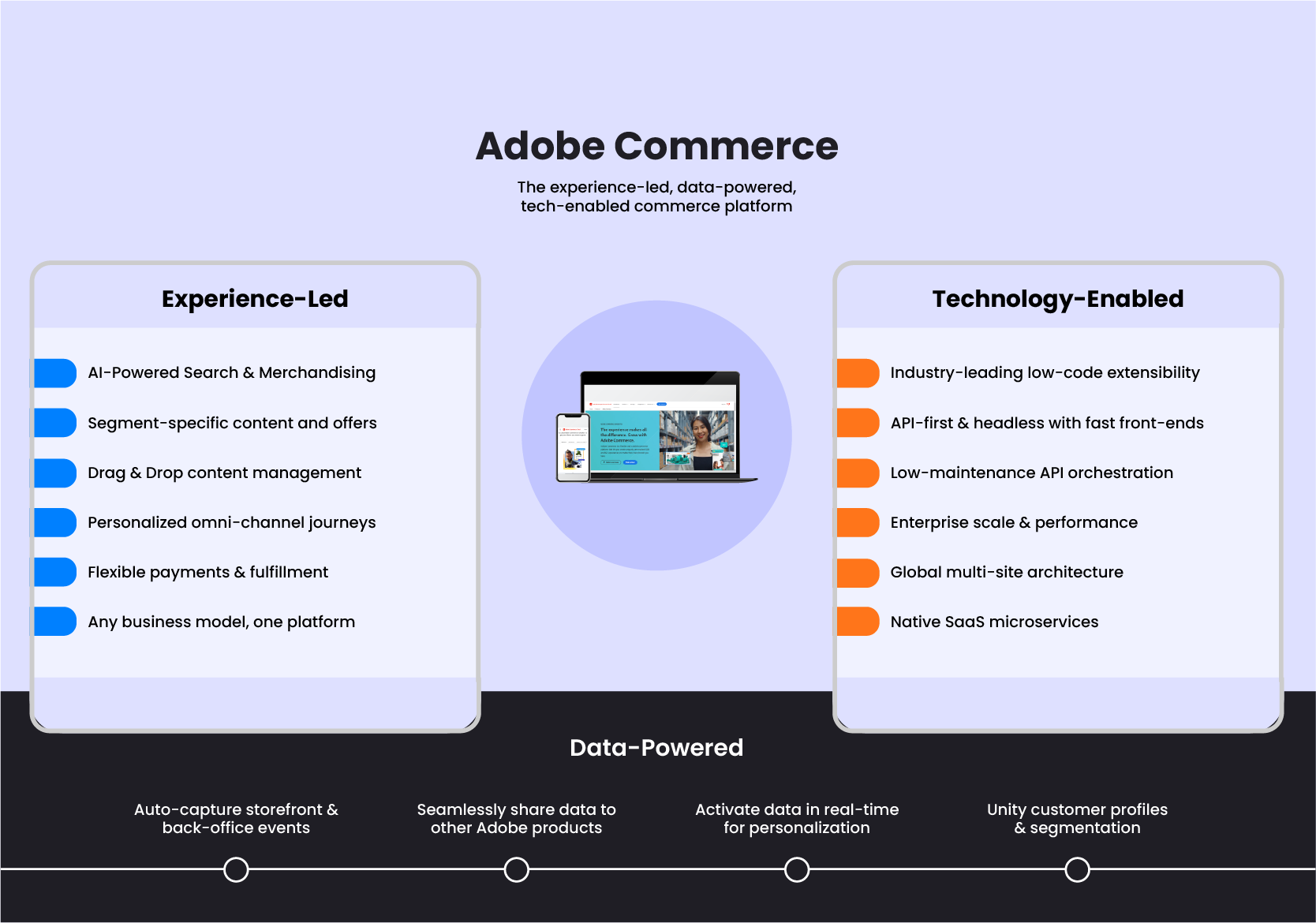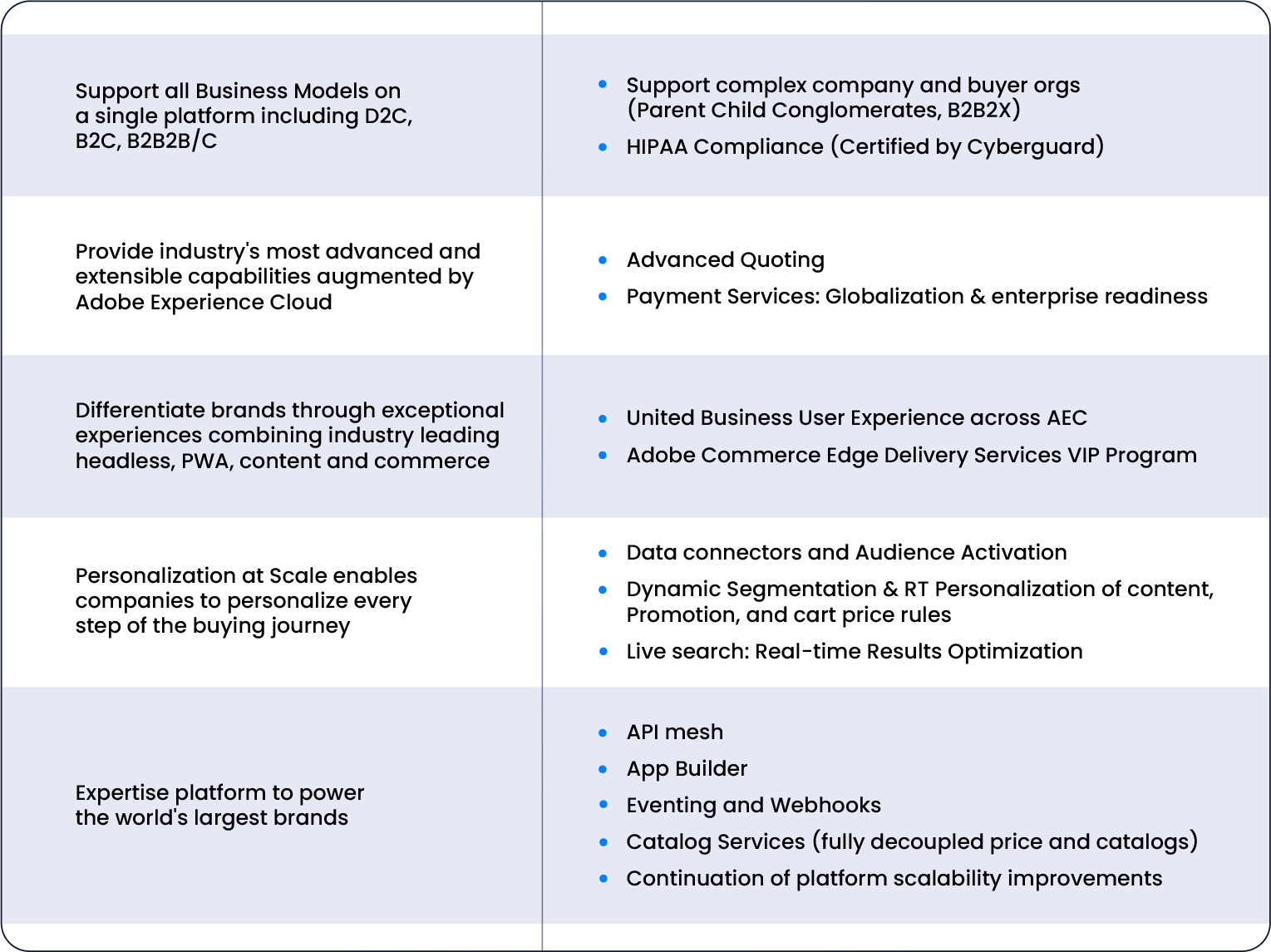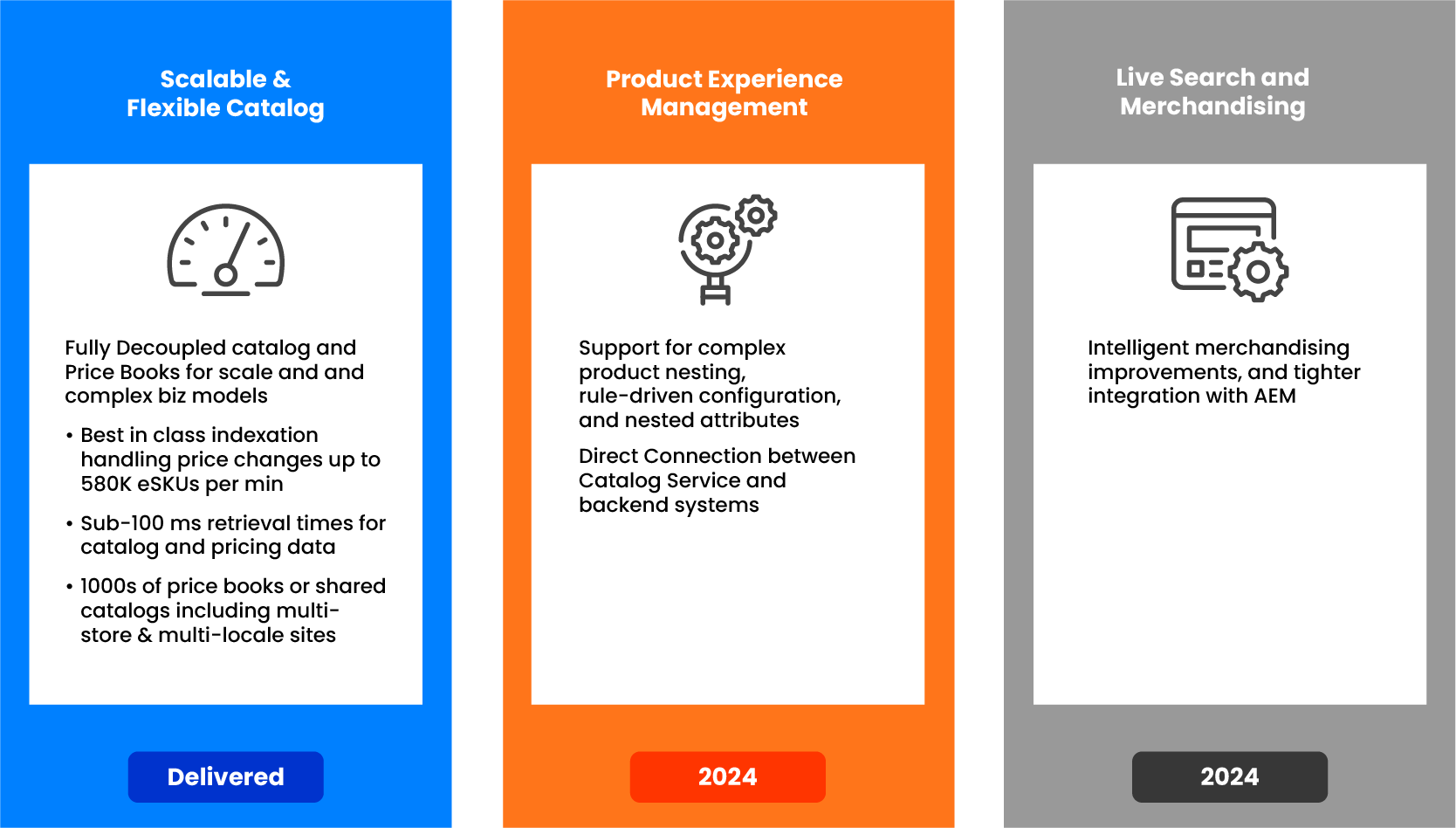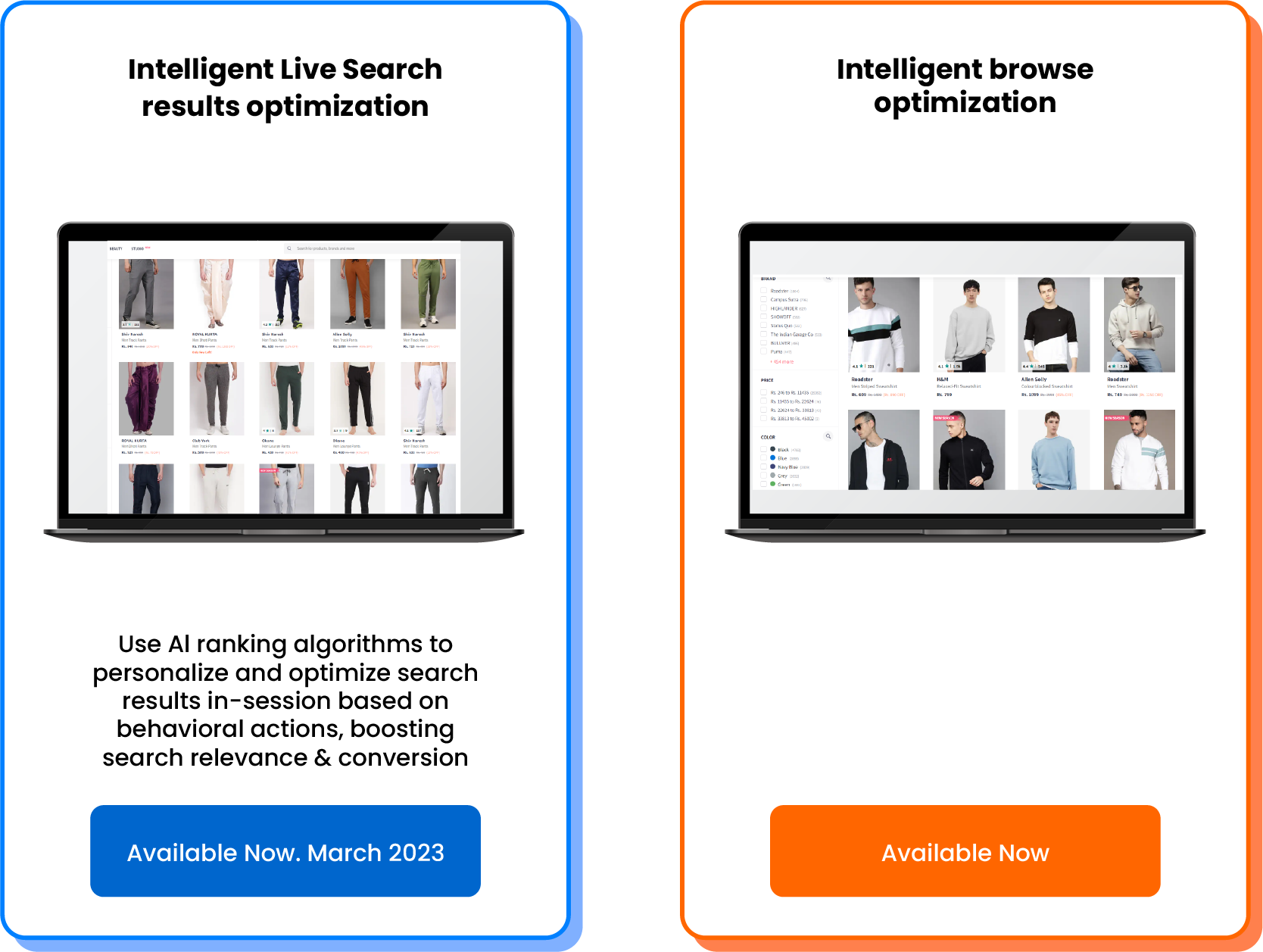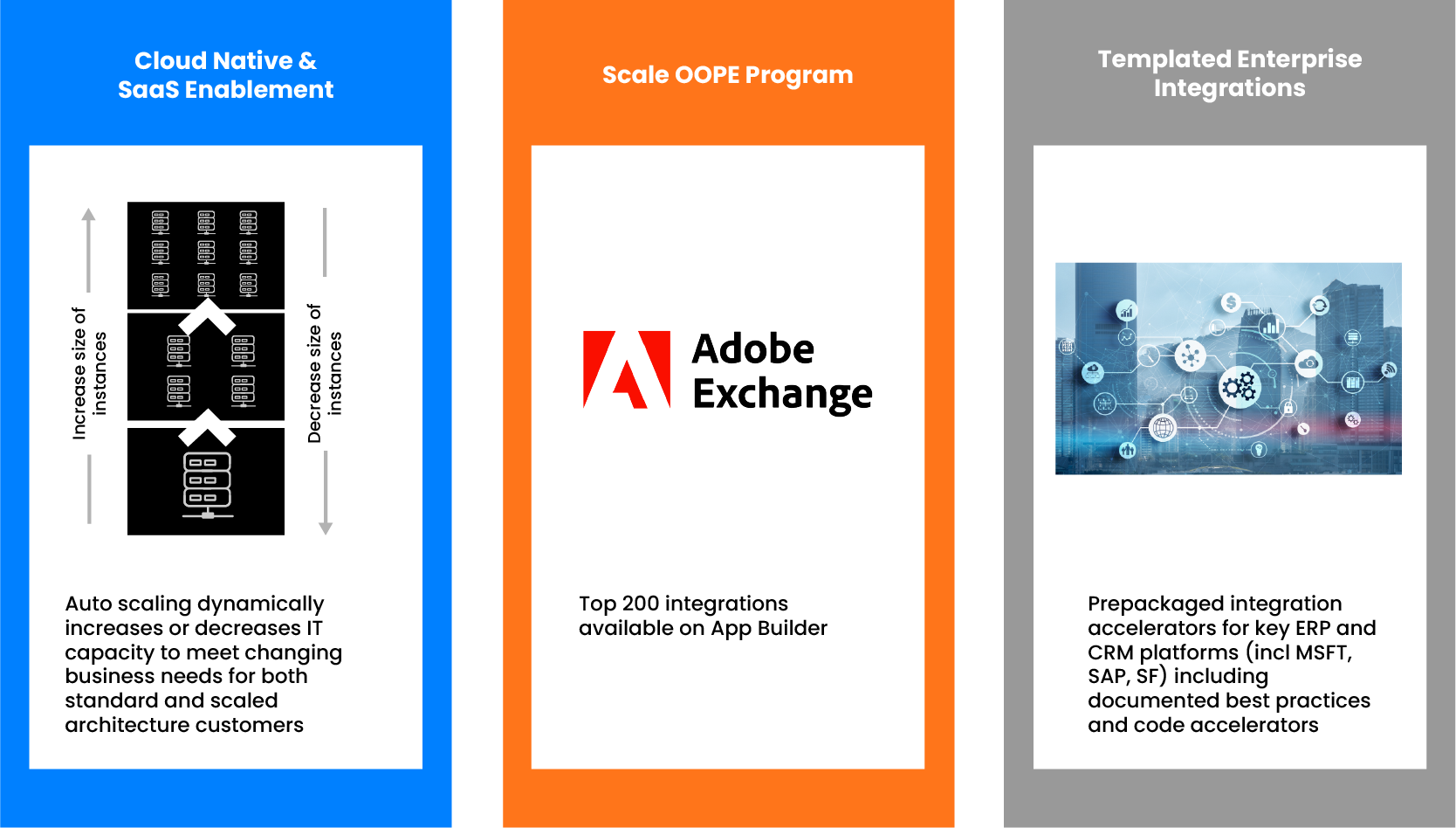
Amlana Kumar Pattanayak
Insights from Adobe Commerce Developer Connect 2024
The Adobe Commerce Developer Connect event in Bangalore on February 7, 2024, unveiled Adobe Commerce’s future as a Composable SaaS Commerce Platform. Transitioning from a focus on an enterprise-scale in 2022 to flexible and composable commerce in 2023, key highlights include enhanced SMB PHP application scalability, new SaaS services like PREX for AI-driven procurement, and the introduction of Composable Commerce. Adopting headless architecture and MACH principles (Microservices, API-First, Cloud-Native, Headless Technologies) ensure scalability and agility.
In 2022, Adobe Commerce focused on the Enterprise Scale
Adobe Commerce has extensively improved the SMB (Server Message Block) PHP application to scale for enterprise customers like T-Mobile, Wesco, Nestle, and Unilever. Adobe Commerce introduced new SaaS services to improve scale and introduce new functionality, such as PREX, AI Search, etc.
(PREX: Empowering Organizations to Automate Procurement Processes and Improve Efficiency with AI Effectively) Adobe Commerce added a cross-channel orchestration engine for the ultimate B2B customer experience.
In 2023, Adobe Commerce focused on flexible and composable Commerce
In the current period, every e-commerce buyer is expecting availability, security, flexibility/architecture, and Composable Commerce. To meet buyer expectations Adobe Commerce introduced Composable Commerce, which is a new layer above Headless Commerce which other applications like Shopify, BigCommerce, and Strapi are also providing like Magento.
Headless platform
The headless platform’s front and back ends are separated from each other. This means connecting an online store to various frontend components like a digital experience platform (DXP), content management system (CMS), or an IoT device while maintaining a single backend system for all the frontends connected via APIs. One of the key advantages of this approach is that you can customize the front end independently of the back end.
Extensibility and API mesh
Adobe Commerce introduced out-of-process extensibility and API mesh, which now allows customers to extend Commerce without making changes to the PHP application with the most business-critical Commerce functions all available as composable services, and most new customers can now onboard directly to the entire SaaS offering while existing merchants begin to migrate.
As eCommerce businesses increase their touchpoints, an omnichannel strategy becomes essential. Customers might discover the brand on social media, access the system from a desktop, and complete the order offline.
MACH architecture
As discussed earlier, an example of such a trend is headless commerce. But it’s a part of the broader concept known as MACH architecture.
- Microservices – The backend of a headless platform may consist of microservices as independent parts, which makes it decentralized. Microservices like site search, product catalog, and shopping cart are independent
- API-First – A set of definitions and protocols that dictate the functionality of both the backend and the front end
- Cloud-Native – Scalability, Protection, and Availability of the application
- Headless Technologies – Unchain/decouple the website parts (front end/back end)
Webhooks & Tenant Isolation
- Deeper back-office extensibility using the Webhook Framework
- API Mesh Tenant Isolation – Single tenant API Mesh for enterprise customers
- Tenant Isolation, Advanced observability, local development, and dev ex improvements
Webhook Framework
- Webhook framework to enable real-time back-office integration with pricing engines, tax engines, ERPs, etc.
- Webhook Framework, Back-office UI SDK admin extensibility
Blue-green Deployment Support
Incremental Traffic Cutovers
It allows users to incrementally determine how much traffic they would like to route to green at different stages of the deployment.
Remove Constraints to Blue/Green Deployments
Enable blue/green deployments for a broad range of use cases.
Provide Observability During Deployments
Confidently know when it is safe to cutover traffic to greens
Adobe Commerce Cloud Enhancements
Refreshed Performance Benchmark
3481 orders/min while maintaining p99 response times of <2 sec
System scaled to 10.5K graphQL un-cached requests/min while maintain p99 response times of <2 sec.
System scaled to support 500 concurrent back-office users while maintaining p99 response times of >3 sec.
New benchmark with SaaS services available 1H, 24’.
Digital Commerce is Complex
It will allow to integration of APIs with the following steps.
Extensibility through App Builder
Adobe App Builder Benefits
Easy Integrate and Extend Experience Manager
It allows to extend Experience Manager capabilities and business logic across all your Adobe solutions and the rest of your IT stack to by creating microservices and single-page applications to meet your unique needs.
Make Your Solutions to follow Your Rules
If you need to connect to a 3rd party system and Build a specialized creative pipeline? then App Builder provides an extensibility framework built on Adobe’s infrastructure, which you can use to extend your Adobe capabilities and business logic wherever you need them.
Easy to Build
App Builder provides a secure, hosted infrastructure to enable developers to extend middleware, core service, and user experiences without sweating infrastructure overhead. Scalability is never in question with cloud-native, serverless app builder apps.
Extensibility
One extensibility model across Adobe solutions, pre-integrated with Adobe APIs and events. Combine in-house and third-party technologies to match desired workflows.
Instantly build, manage, and run apps on Adobe infrastructure, publishing new experiences faster. Build headless and single-page apps for rich, dynamic web content without load time lag.
Go beyond out-of-the-box integrations between Adobe Experience Manager and Adobe Target to create microservices that meet your unique requirements.
Asset Migration
External DAM migrates many assets into Adobe Experience Manager Assets without taxing AEM resources.
Asset Update Notifications
When an asset is modified, added, or removed use event-based triggers to Slack marketers.
Three Primary Areas of App Builder
Making Composable Commerce Easy with App Builder
By developing and operating composable commerce services with Adobe services platforms.
Harness data and AI to power personalized commerce experiences. Scale growth with a high-performance cloud solution
Integration with 3rd Party Review Service
Adobe Commerce ERP integration allows you to automatically sync orders, inventory, customer data, and shipping details between Adobe Commerce and your ERP system. The following options are available to integrate with the ERP system.
Sending the Order to an ERP System
Order Shipped Update from ERP System
Retrieve Product Availability based on Region
Display customer specific B2B price (in catalog)
Integrate with Search Engine
Integrate Assets from the 3rd party DAM - Admin UI Extensibility
In 2024, Adobe Commerce Focused on the Following
As per the discussion, e-commerce is essential in the current business world. As per Adobe Analytics survey, In the holiday seasons, the sales of online commerce in 1 week in the USA is $220 billion. The analysis shows that the content-selling business is increasing nowadays.
Adobe Commerce Vision
Adobe Sensei GenAI
It will reshape every aspect of commerce from engagement to purpose and fulfillment. Sensei GenAI will transform and co-pilot the generation, personalization, and optimization of product data, price, promotions experiences, and journeys for commerce practitioners.
Adobe Sensei GenAI for Digital Experience
Comprehensive vision to deliver the industry’s leading copilot for digital customer experience management teams.
Adobe Sensei GenAi will also enable a conversational natural language interface to our products including for documentation.
As of now 59% of customers using Magento for B2C purposes. The agenda of Adobe Commerce is to provide SaaS using PHP.
Adobe Commerce is providing an Experience-led, Data-powered, Tech-enabled commerce platform.
Executing on Vision: 2023 Accomplishments (EA and GA)
Adobe Commerce is an agile enterprise commerce platform for differentiating brand experience across all business models and optimizing business results through experience-led growth.
Adobe Experience Cloud
Adobe Experience Journey
Application Performance Drives Business Value
- It is the Impact of High Performance
- 16x improvement in visibility score
- 100% Boost in conversion via form fills
- 14% increase in repeat visits
Enhanced storefront: AEM Edge Delivery Services for Commerce (B2C in 2024, B2B in 2025)
New Micro Frontends for Key Commerce Experiences
Adobe Commerce would like to see a single page checkout
Catalog & Merchandising
Businesses are continuously expanding Assortments for every 10% in additional SKUs companies achieve 12% GMW growth.
Advanced Catalog and Intelligent Merchandising
Catalog and Price edge service supports high performance, hyper scale and complex business scenarios.
User real-time behaviors and customer profiles insights to create personalized browsing experience for every customer
Enterprise Scale and Readiness
Effectively run an enterprise-level commerce platform that is capable of handling high traffic loads and can grow seamlessly with an enterprise business
AEM Assets integration optimizes experiences while improving marketer/merchandiser productivity.
Adobe Commerce will focus on Digital Business SaaS platforms in 2025
All customers will benefit from the TTM/TCO, scale, and agility benefits of a modern, composable SaaS commerce platform, backed by an innovative pipeline of new, advanced commerce capabilities and the power of the entire Adobe portfolio to deliver Class marketing, personalization, experience & creative capabilities.
Conclusion
New features of Adobe Commerce helps to grow B2B, B2C businesses. The cloud solution helps to provide high performance. The AI power personalized the commerce experience. Composable service helps to implement business logic without effecting the base code. You can build customized microservices and single page applications to meet your unique needs.
Inputs and References
Related Insights

How AI-Augmented Enterprise Architecture Is Redefining Business Agility in 2025 and Beyond

How to Identify and Fix Open Redirect Vulnerabilities
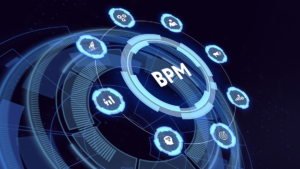
Why BPM Remains Critical for Digital Agility in 2025

Common Attacks on File Uploads in Web Applications and How to Prevent Them

How multimodal interactions enhance the experience of commerce


